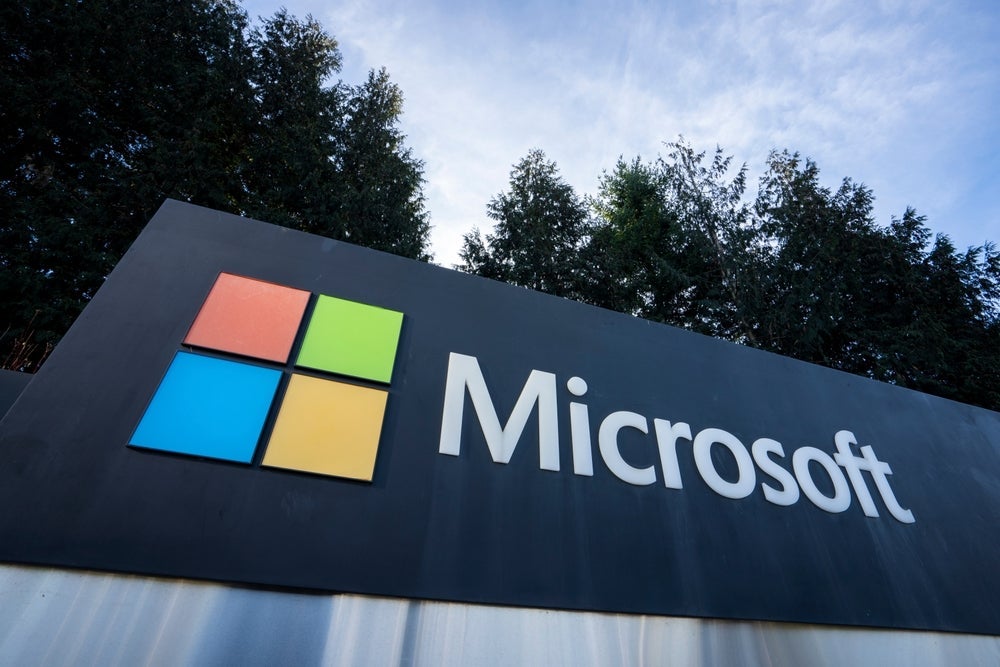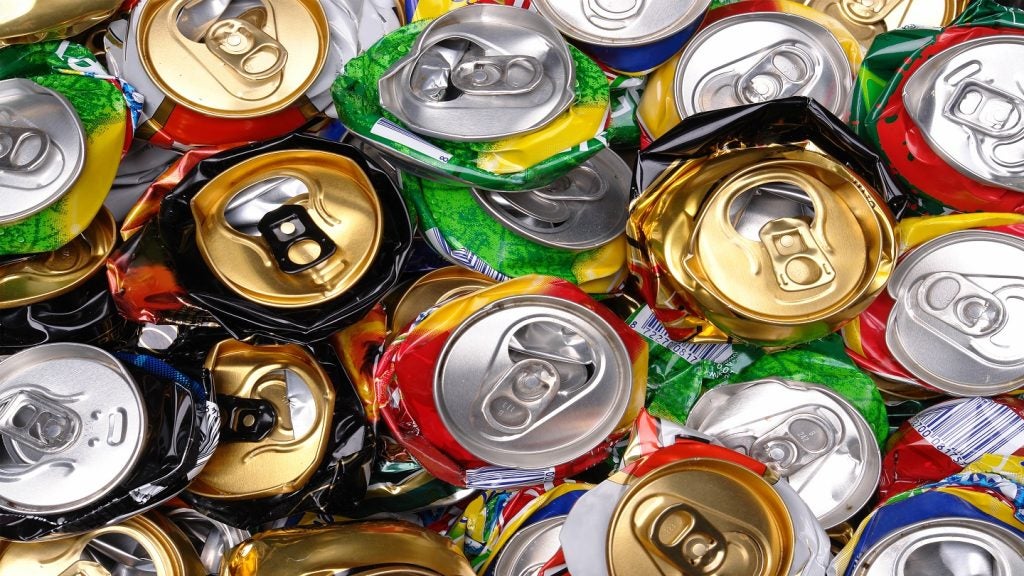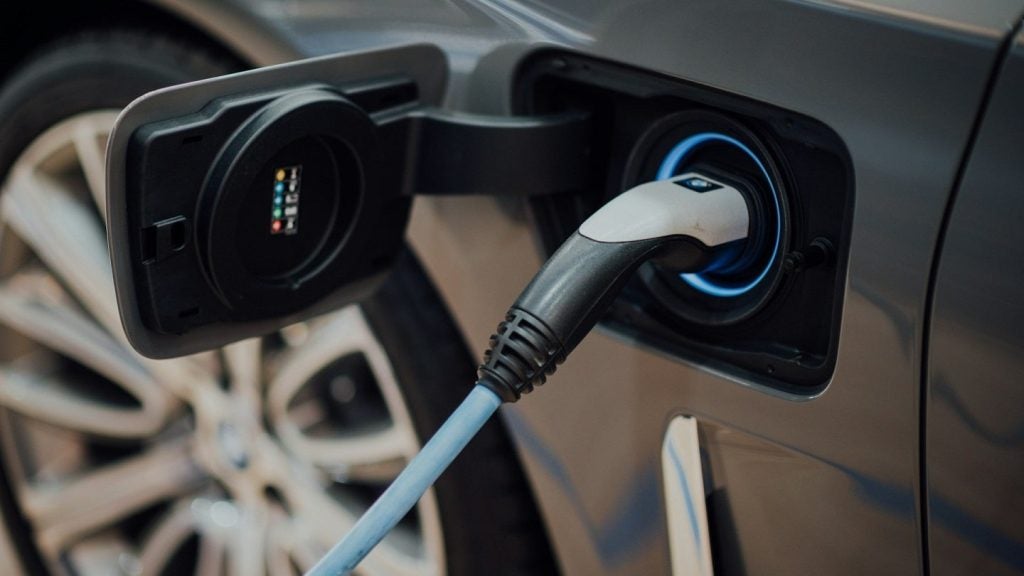On May 15, 2024, Microsoft published its latest Environmental Sustainability Report, the first from Big Tech covering the AI boom.
The key takeaway is that Microsoft is not on track to meet its 2020 pledge to become carbon-negative by 2030 due to rising Scope 3 emissions. Microsoft’s 2023 emissions are up nearly a third from a 2020 baseline. In 2023, Microsoft’s Scope 1 and Scope 2 emissions fell by 6%. However, Microsoft’s Scope 3 emissions—which make up almost all of the company’s total emissions—increased by over 30%. The company must halve its Scope 3 emissions from a 2020 baseline if it wants to become carbon-negative by 2030.Why did Scope 3 emissions rise?
Microsoft said the rise in Scope 3 emissions “primarily comes from the construction of more data centres and the associated embodied carbon in building materials, as well as hardware components such as semiconductors, servers, and racks.” AI, along with the continued adoption of cloud services, is driving Microsoft’s global data centre expansion. Building AI data centres is proving just as much an emissions problem as using them. OpenAI’s release of ChatGPT in November 2022 sparked unprecedented AI adoption, innovation, and investment. Microsoft has bet big on AI, including a $13bn investment in OpenAI. The company has also integrated its Chat-GPT-powered CoPilot—a real-time AI assistant designed to boost productivity—into its flagship Office 365 suite. Microsoft’s latest report shows the company’s AI push is so far proving incompatible with its 2030 carbon-negative goal.What will Microsoft do about Scope 3 emissions?
Microsoft has announced 80 new measures to reduce Scope 3 emissions, including requiring a ‘high volume’ of its suppliers to use 100% carbon-free electricity for Microsoft’s goods and services by 2030. On data centres, Microsoft aims to minimise peak power consumption, maximise server density, and harness unused power more effectively. Microsoft’s new data centres will also consume zero water for cooling and achieve LEED Gold certification. These initiatives form part of Microsoft’s five-pronged strategy to reduce Scope 3 emissions in 2024:- Improve the measurement of emissions to enable better insights and action
- Implement data center innovations to increase efficiency
- Form partnerships to accelerate technology breakthroughs, including in greener steel, concrete, and fuels
- Build markets to accelerate these technology breakthroughs
- Engage in public policy advocacy














